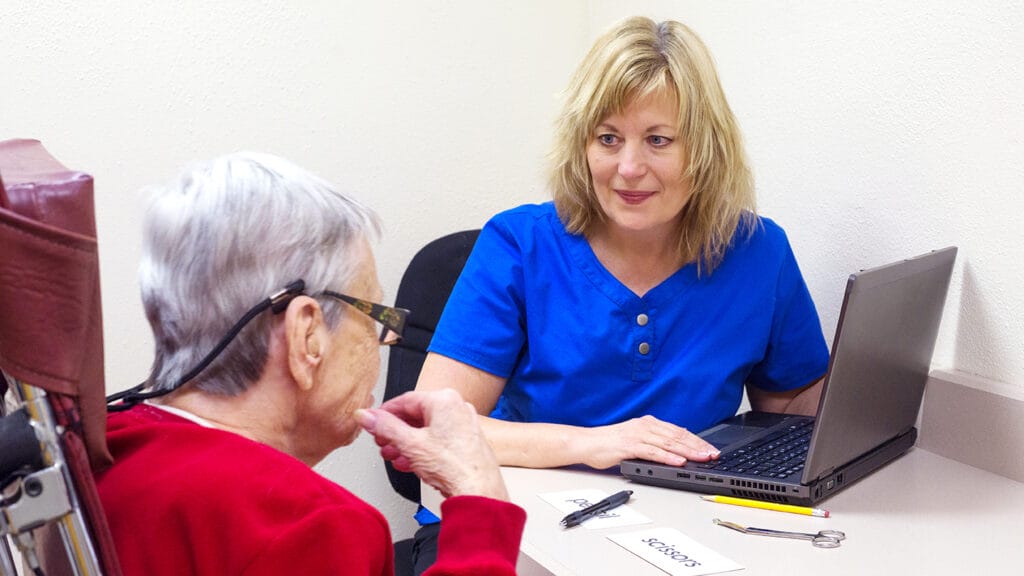

The main character in the film “Avatar” is a paraplegic whose new, blue, body gives him the power to walk again.
While avatars in our world are still digital, could seniors with aphasia use technology in a similar way to speak with their own voice again?
Using artificial intelligence, new innovations could help create a digital “clone” of someone, or their voice, to “restore people to who they are,” said Edward Chang, MD, in an interview for JAMA Monday.
The inability to speak, or aphasia, is a major problem with seniors, particularly those who have had a stroke. Between 205 and 30% of strokes result in total loss of speech abilities, studies show.
Aphasia’s related condition, dysphasia — limited or disjointed speech abilities — is even more common among this cohort.
AI can convert brain signals into either written or voiced language, according to Chang. The ability to convert such neurological activity into speech was demonstrated via a virtual avatar in a study conducted last year by Chang and a research team.
While that technology was highly invasive, involving an electrode array laid over the participants’ brains and connected via wires to a computer, Chang seemed optimistic for the near-term potential for designs to be wireless and/or commercially scalable, so that they could be used outside of clinical settings.
Meanwhile, AI itself is becoming more accurate and can even now distinguish between different languages such as English and Spanish, Chang said.
Voice restoration is a popular research topic among researchers working on innovations for seniors.
One study involved a small throat patch with embedded tech to convert muscle movement into speech. That research, which was published earlier this month, is for damaged vocal cords, as opposed to stroke-induced brain damage.
Other tools that address aphasia include a therapy app that asks users to identify common items, as well as wearable sensors that could track social interactions for clinicians and caregivers to monitor treatment, McKnight’s recently reported.


